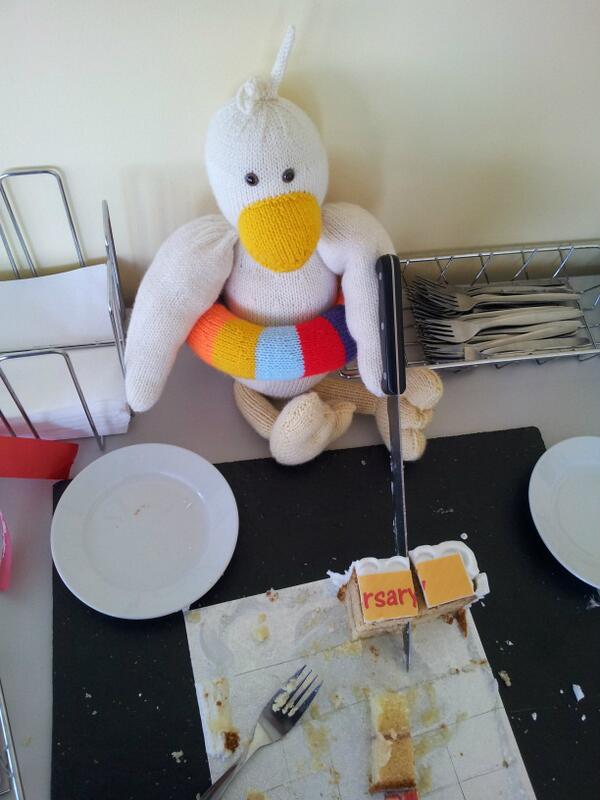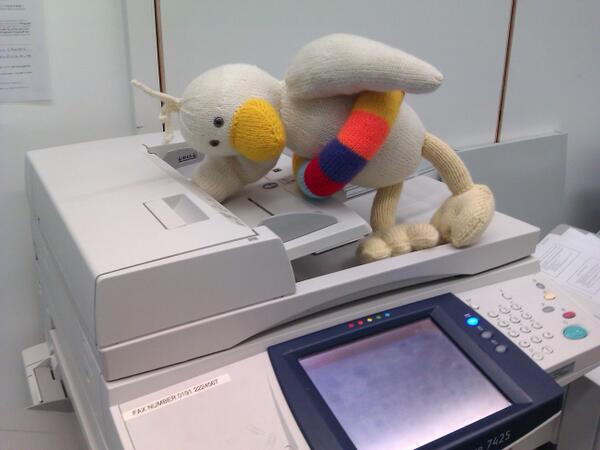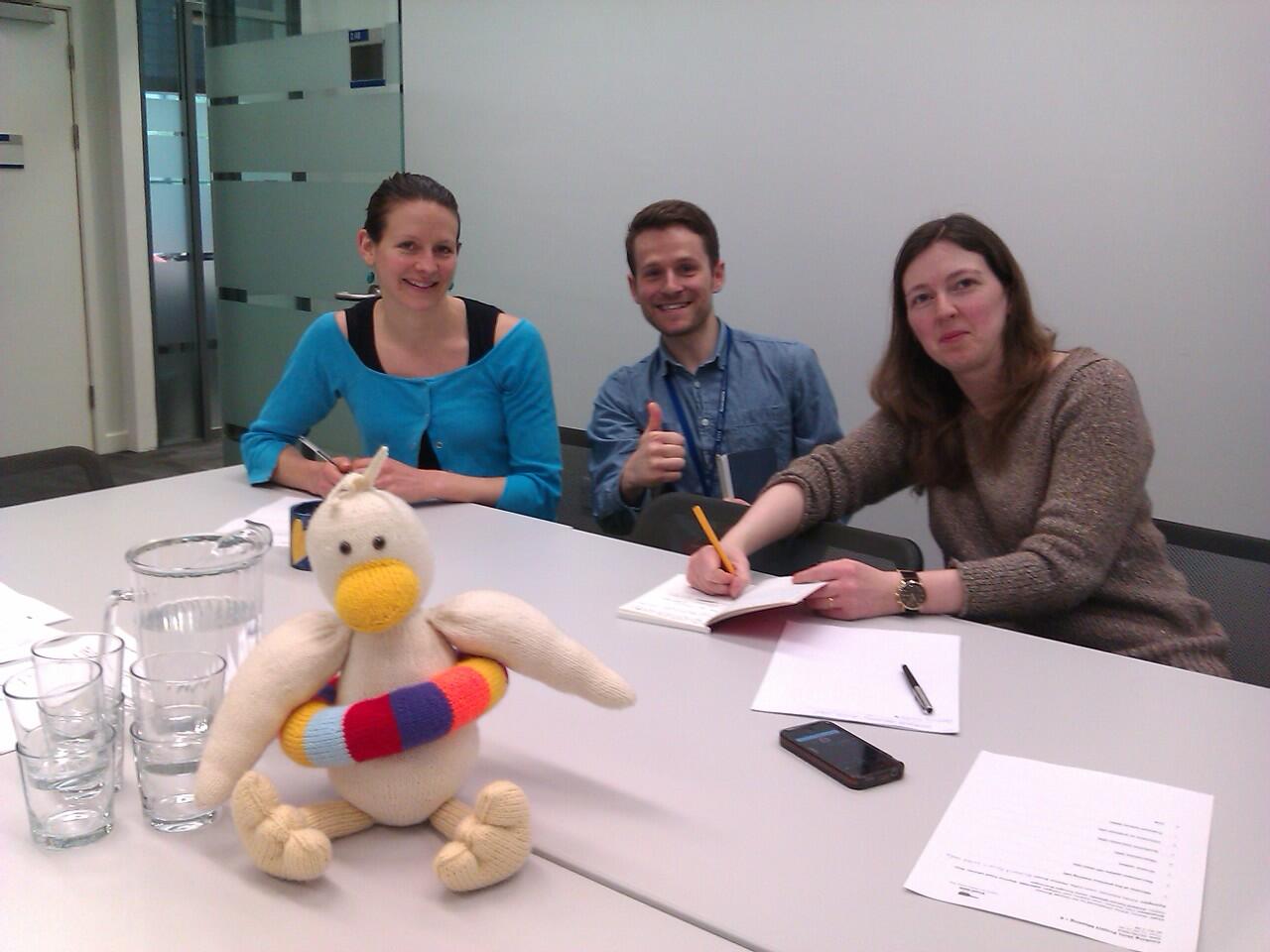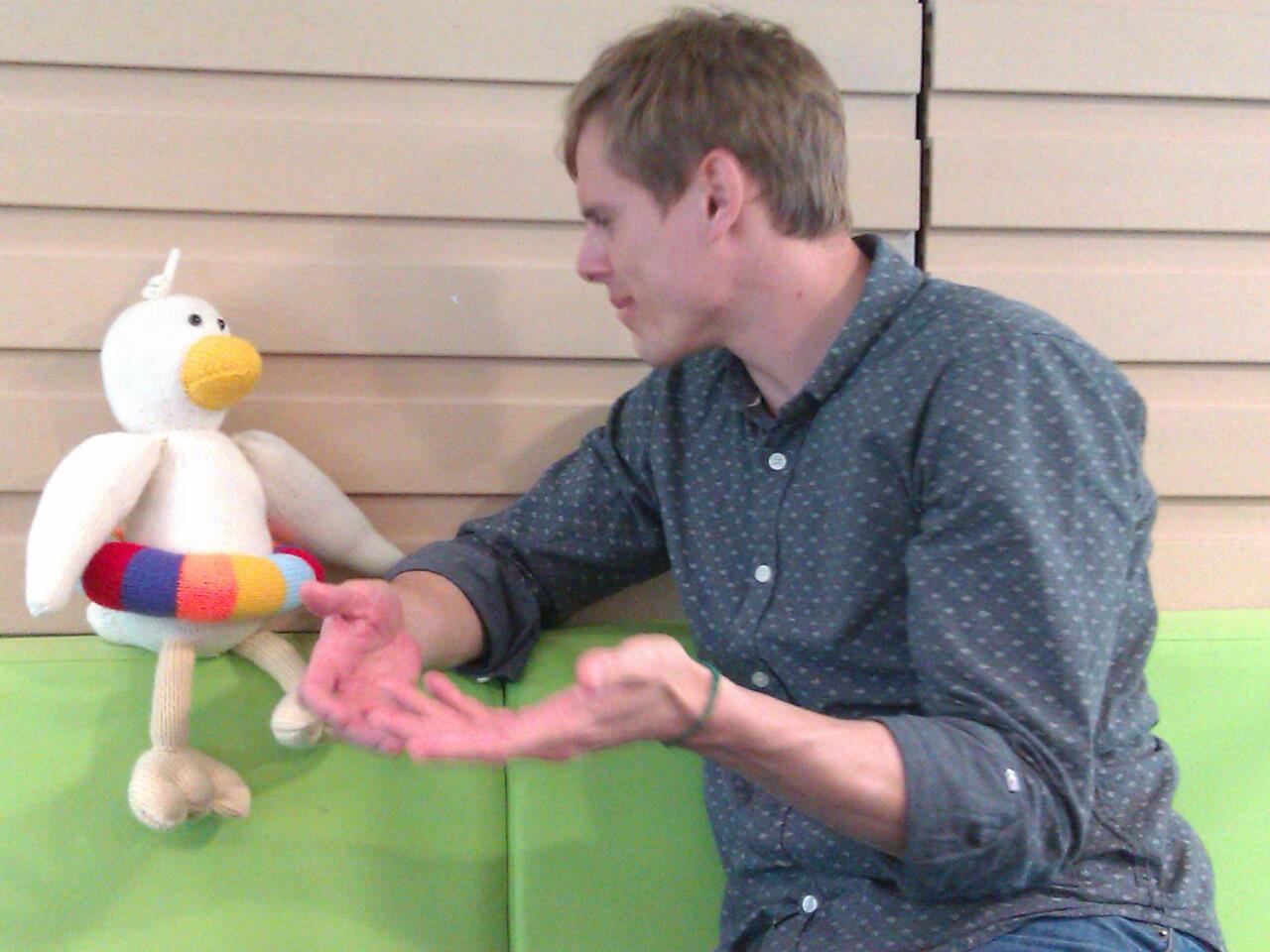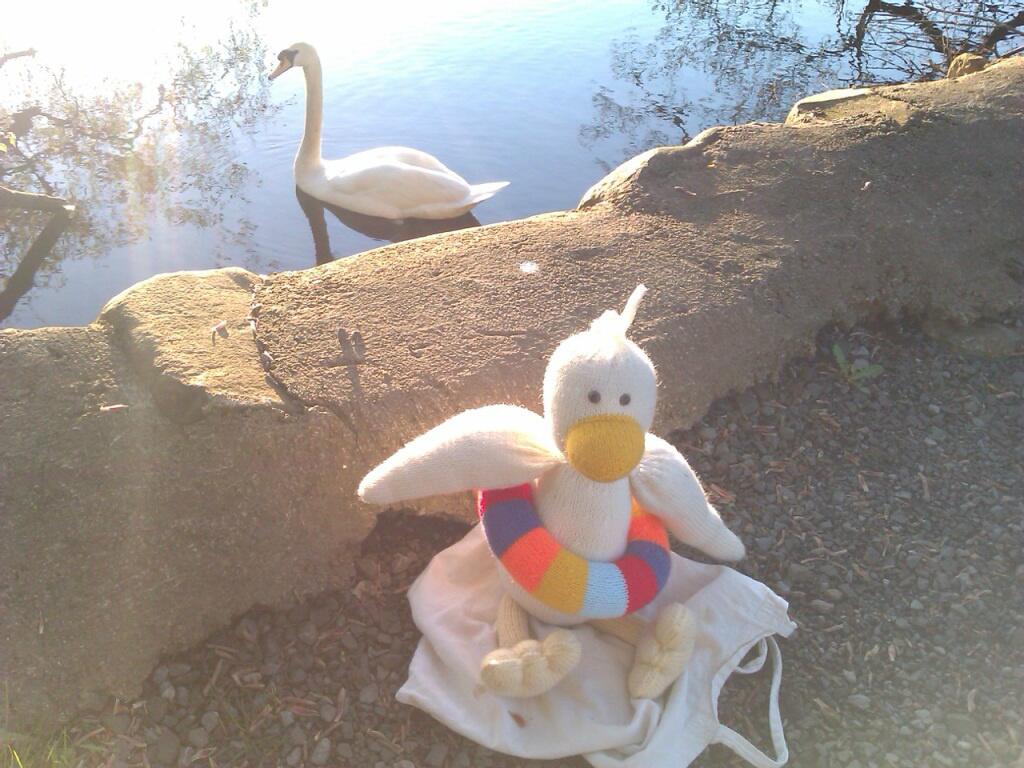Posted by Jenni Remnant and Libby Morrison
We all know that two key elements of public health are what we put in our bodies (food, alcohol, cigarette smoke) and the environment that surrounds us.
When you’re a carer, to a point, you can often find yourself responsible for what someone else consumes, and the effect the environment has on them. Quite a responsibility.
And the way, as carers, we respond to this responsibility is incredibly varied.
Service users in care can be fed unhealthy and highly calorific meals through a desire to ‘mother’ and ‘feed up’. Many mental health service users I’ve worked with live on ready meals (my inspiration for the topic of my Msc dissertation last year) which have been found
not to fulfil dietary requirements suggested by the
Food Standards Agency.
Though I hate using the word, and emphasising that this is only in my experience, there are a number of carers out there, both informal and paid, that can be quite ‘mumsy’. Meals are often very traditional, and full Sunday roasts with all the trimmings are sometimes enforced, even in single occupancy services.
I have worked with a number of service users with high staff ratios due to ‘challenging behaviour’, and they have been quite similar: the service users are often overweight. This is problematic in terms of the health of the service user and the carer – the regular violence that is often an acknowledged part of a service user’s communication can lead to a carer having to deal with 20+ stone of angry person.

In one circumstance, a plan was formed based on improved health outcomes - for the service user and staff involved. All the full-timers at this service were given a specific responsibility, and mine was ‘food and exercise’. I downloaded a copy of the
Bristol stool chart (a carers best friend), booked our service user an appointment with a nutritionist and started to write weekly shopping lists and menus. We identified, and were supported by the nutritionist in our assertions, that our service user was heavily constipated, and this was causing them some distress and was likely to be contributing toward some, if not all, of their violent behaviours.
Putting together a healthy living plan was interesting. One of my colleagues was a supremely talented cook, and made unbelievably delicious food, but had a very different idea of what ‘healthy’ was to me. Something I’ve heard a lot at work, and which my brother now believes as gospel, is that pasta is healthy - in any dish and any context. Divine though my colleague’s macaroni cheese looked – it had three cheeses in, butter and sometimes even cream – I’m not sure it ticked all the nutritional boxes one might hope in a meal, and might also go above recommendations in terms of fat. And the portions! Portions so mammoth you’d wince to look at them.
So, very slowly, we started introducing more fibre into the menu, and green things; while also limiting, but not removing, gluten and sugar. There was a rule that every meal must have a minimum of three natural colours in, not including white, beige or brown. I should note here, that this service user, as with most of the challenging service users I have worked with, was non-verbal – and only provided very limited feedback.
There was a lot of criticism. The most common one was that the service user was being made to follow a vegetarian diet without consent. Which I’m afraid I mostly rebutted with ‘so at what point was their consent gained to eat meat?’. Though actually the new diet did contain meat, just far less than before.
Some of the team thought it was wrong – that this person had a life with such few pleasures in it, bar eating, that it was border line cruel to take that away. I found this difficult, because I used a lot of recipes and meals that I ate myself, and felt that any criticism of the food served was a criticism of my personal lifestyle. But it also contained so much assumption – how would we know what this person preferred? We tried very hard to see if there was any difference in the gusto with which a piece of carrot was eaten or a piece of chocolate – and could find none. The only discernible preference, as I’ve often found in services with adults with sensory impairments, was for something with a bit of crunch.
This service user often stared at sweet treats in shop cafes or by tills on the way out of shops (why is it ALWAYS huge mounds of cake? Or chocolate?). Often this would happen and someone on the staff team would say ‘they’ve seen it now; we’ll have to get it’. This service user very soon came to realise that this was an efficient way to get food – because of this we couldn’t go through the checkout with them, without some kind of calorific edible having to be bought and consumed every time. The combination of ‘
guilty checkouts’ and staff anxiety ‘created’ this negative pattern of behaviour, which in turn impacted on the healthy eating regime that other staff were trying to implement. This resulted in the loss of the daily interaction of buying groceries.
Eventually, when the team pulled together, with compromises made on ‘both’ sides, the service user lost 3st 4lb in a year, episodes of challenging behaviour went down from 4-8 per week to 1-3, and bowel movements were frequent and far less explosive than they had been. Happiness is a non-explosive bowel movement. The social interaction aspect of grocery shopping for this service user was hugely limited – and at times the staff team totally and utterly divided.
There is no right and wrong in this anecdote. I can say hand-on-heart that I know for sure that the staff team all wanted what was best for our service user; we all just had very different ideas about what ‘best’ was.
Policy within care is full of personal outcomes that centre on choice and independence, which can make public health interventions less accessible. Especially in the example given above, where the service user was written out by our models of ‘best interest’ decision making. I certainly don’t have a substitute model. A significant public health issue is how to engage with carers. Carers can sometimes have absolute control over another human being, no matter how we dress it up to suggest otherwise. How do we make sure that clear public health messages are being communicated and instigated by carers without further surveillance and pressure being placed on an already incredibly pressured role?




















